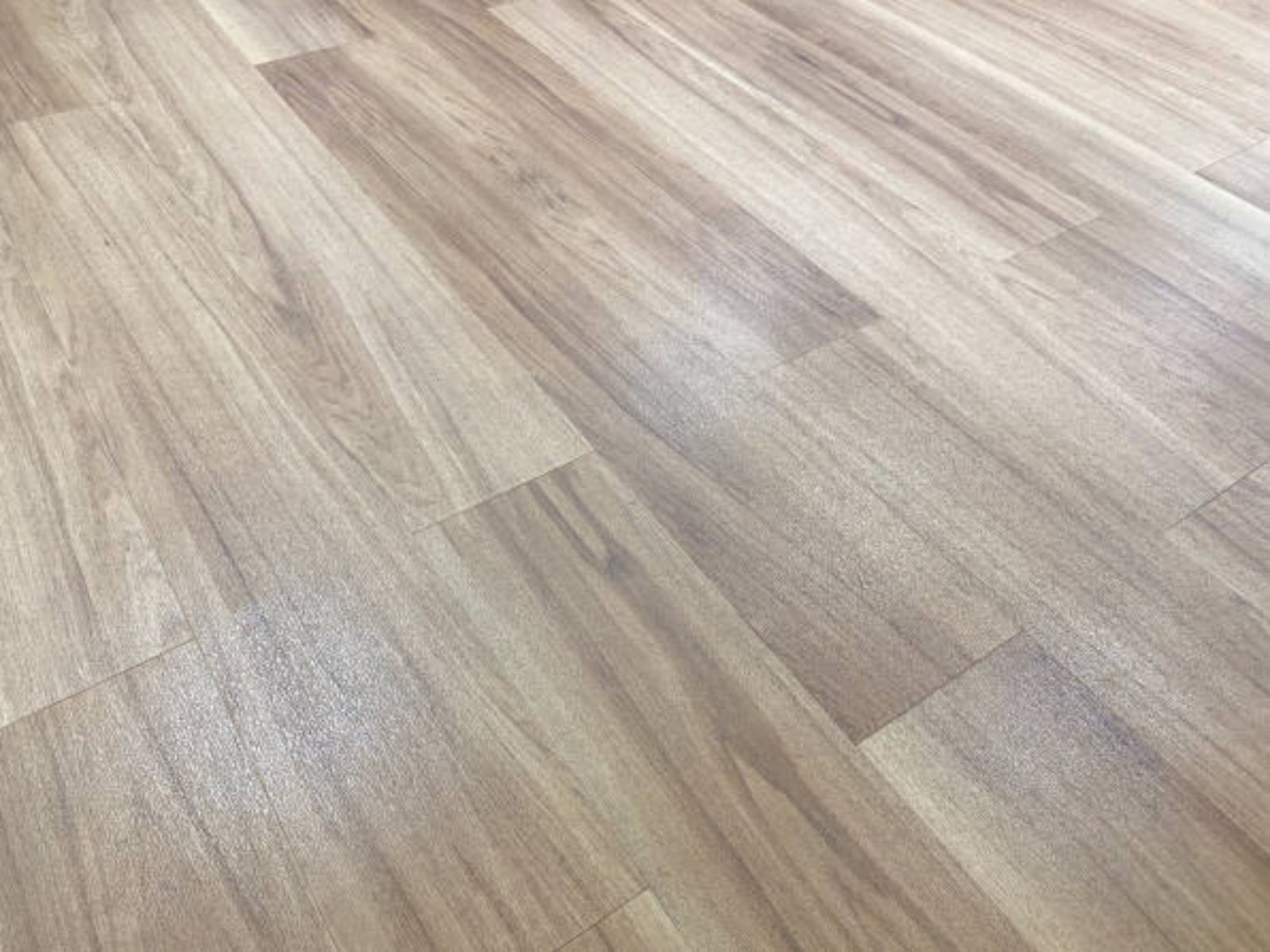What is vinyl plank flooring wpc?
Vinyl plank flooring WPC, also known as Wood Plastic Composite, is a popular choice for homeowners who want the look and feel of real wood flooring without the high maintenance and cost. WPC is a type of luxury vinyl flooring that is constructed with a rigid core made from a combination of wood and plastic materials. This composition gives it superior durability and stability when compared to traditional vinyl flooring.
The Benefits of Vinyl Plank Flooring WPC
When it comes to choosing the right flooring for your home, there are several factors to consider. Vinyl plank flooring WPC offers numerous advantages that make it an excellent choice for any room in your house.
Durability
Vinyl plank flooring WPC is highly durable and can withstand heavy foot traffic, making it perfect for high-traffic areas such as entryways, kitchens, and living rooms. Its rigid core provides stability and prevents the floor from warping or shifting over time.
Water Resistance
One of the biggest advantages of vinyl plank flooring WPC is its water resistance. Unlike hardwood flooring, WPC is virtually waterproof, making it an ideal choice for areas prone to moisture, such as bathrooms, laundry rooms, and basements.
Easy Maintenance
Another benefit of vinyl plank flooring WPC is its low maintenance requirements. Unlike hardwood or laminate flooring, WPC does not require any special treatments or refinishing. Regular sweeping and occasional mopping with a mild cleaner are all it takes to keep your WPC floors looking their best.
Cost-Effective
Compared to hardwood or stone flooring, vinyl plank flooring WPC is a more affordable option. It offers the same aesthetic appeal as natural materials at a fraction of the cost. Additionally, its long lifespan and low maintenance needs contribute to its cost-effectiveness over time.
Comfort and Sound Absorption
Walking on vinyl plank flooring WPC is comfortable and quiet. The rigid core of WPC provides cushioning underfoot, making it more comfortable to stand on for long periods. Additionally, WPC has excellent sound absorption properties, reducing noise transmission between floors.
Installation Methods
When it comes to installing vinyl plank flooring WPC, there are three main methods to choose from: click-lock, glue-down, and loose lay.
Click-Lock Installation
Click-lock installation is the most common method for installing vinyl plank flooring WPC. The planks have interlocking edges that snap together, eliminating the need for glue or nails. This method is relatively easy and can be done by DIY enthusiasts.
Glue-Down Installation
Glue-down installation involves applying adhesive to the subfloor and then pressing the vinyl planks into place. This method provides a more permanent and stable installation, making it suitable for high-traffic areas.
Loose Lay Installation
Loose lay installation is the simplest method as it doesn't require any adhesive or locking mechanisms. The weight of the planks and friction against the subfloor hold them in place. This method allows for easy removal and replacement of individual planks if needed.
Design Options
Vinyl plank flooring WPC comes in a wide range of designs, allowing you to achieve the look of various natural materials. Here are some popular design options:
Wood-look Designs
WPC flooring can mimic the appearance of various wood species, including oak, maple, cherry, and walnut. The planks feature realistic wood grain patterns and textures, providing a warm and inviting atmosphere.
Stone-look Designs
If you prefer the look of stone or tile, WPC flooring offers options that replicate the beauty of natural stone. From marble and slate to travertine and limestone, you can find a design that suits your style and complements your decor.
Patterned Designs
For a more unique and bold flooring option, WPC is available in patterned designs. From geometric patterns to intricate motifs, you can create a truly one-of-a-kind look in your space.

